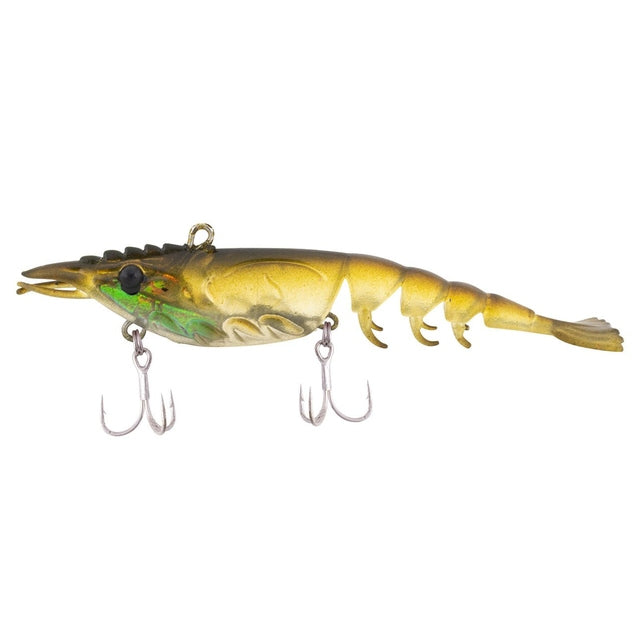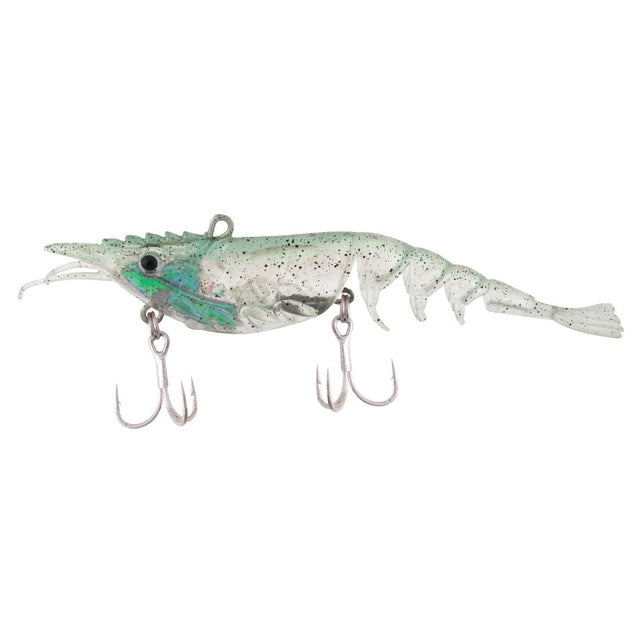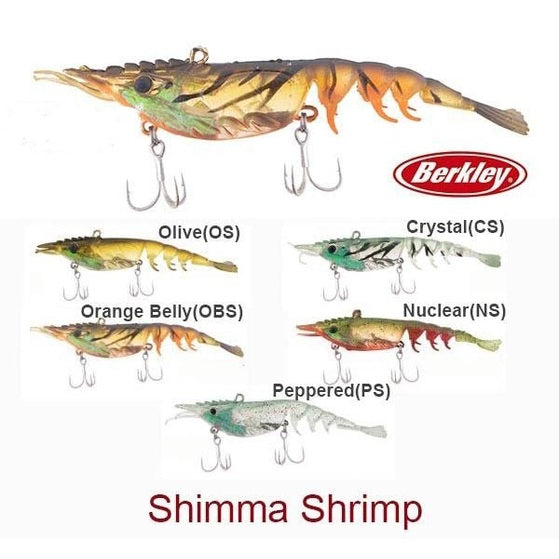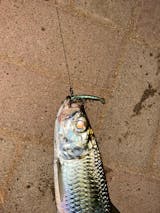
Research has shown us that when finding food fish first rely on their sense of sight. Their monocular lenses allow for a huge field of vision on either side of their body, with some species able to detect prey up to 25m away in clear water.
Once a potential food item is detected, these far-sighted eyes can no longer distinguish details, so fish approach to within 30cm and inspect potential food with their near-sighted binocular vision. To capitalise on this, Berkley scientists fine-tuned the natural profile and colours of the Shimma Shrimp in every detail, so no matter what direction fish approach, they are visually inclined to strike.
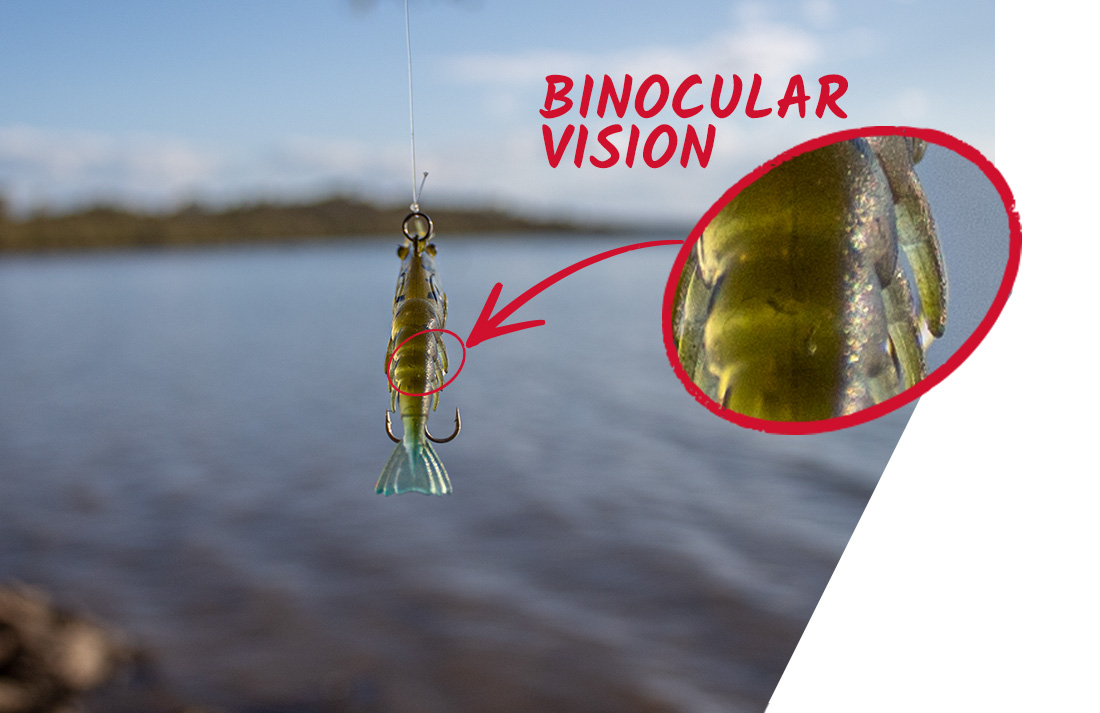
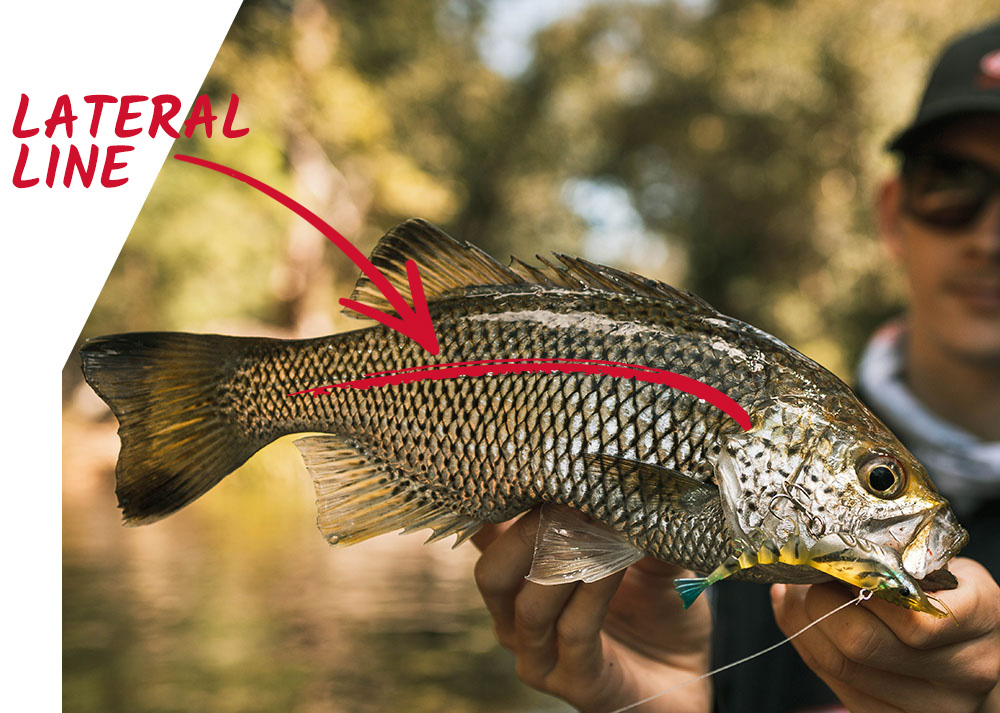
In inducing a fish to strike, a lure’s action must also pass up-close inspection from the lateral line, a trait unique to fish which allows them to sense movement of prey within three body lengths. Knowing this, Berkley scientists have harmonized the vibration, yaw and sinking pitch of the Shimma Shrimp to entice decisive strikes from fish, even in the most turbid waters




